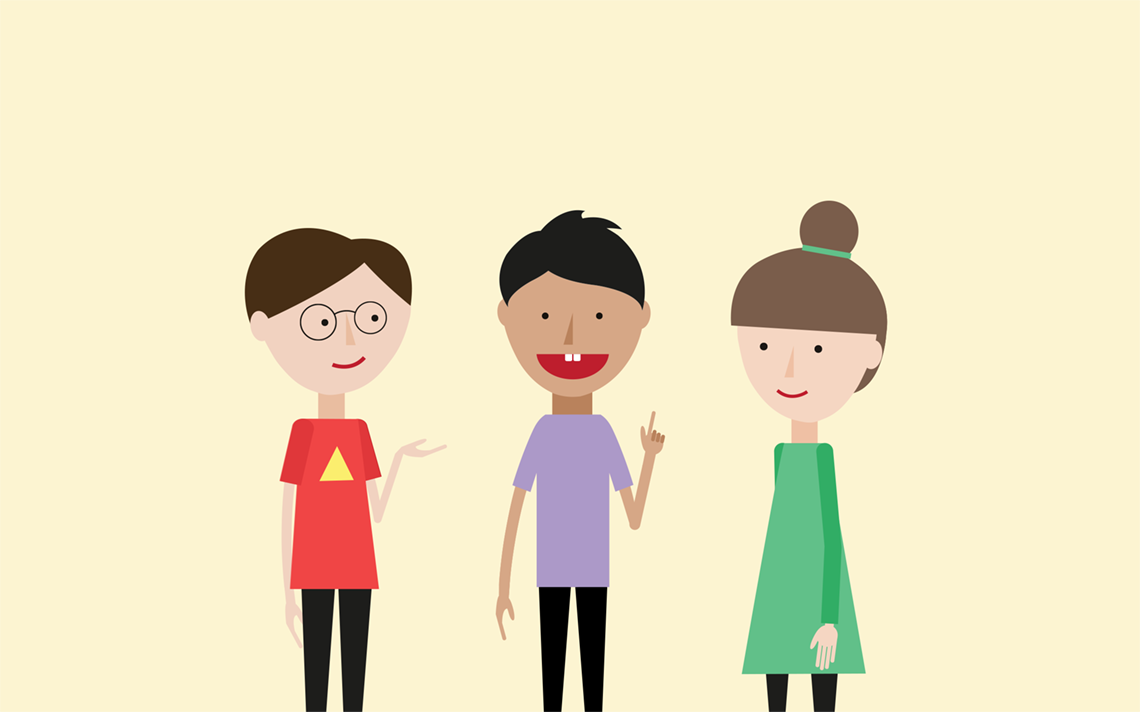How using classroom space can develop positive learning behaviour
Editor’s Note:
This is an updated version of a blog post originally published on September 16, 2020
The environment we’re in often impacts the mindset we have — this is especially true of the classroom. By purposefully using classroom space, we can encourage better learner engagement.
The beginning of the school year is marked by planning and organisation, and for teachers, designing our learning environment is a top priority. Classrooms are valuable real estate and they have the capacity to influence learning, so how we arrange and use the space plays a major role in developing learning behaviour.
As soon as a child enters a classroom, they’ll instantly make judgments about the kind of activities that will happen there. If the tables are arranged in groups, they might expect collaboration. If the desks are set in rows, they might expect more independent tasks. A well-arranged classroom should be suitable for a range of activities, and defining areas of the classroom can help children understand what learning is expected in each area.
Think about it this way — if we consider our own homes, how different is your mindset when sitting in the lounge versus in your home office? How you feel and think, and what you expect to do is determined by the area you’re in. The same idea applies to our classrooms.
So how can we make the most of classroom space to support learning?
1. Choose a learning space for each part of your lesson
Consistently using the same area for a part of a lesson helps children develop the learning behaviour needed, based on where they are in the classroom. For example, if we consider the structure of a Maths — No Problem! lesson, there are clearly defined sections and each part requires a different learning behaviour.
The first part of every Maths — No Problem! lesson is unstructured. It gives learners an opportunity to explore and try different methods for solving a problem in a very informal and play-like way. This could be done in one area of the classroom, such as at the tables if you teach young children, or on the floor if you teach older year groups. You’ll want to choose an area of the classroom that will best encourage the learners to work together to explore the problem.
2. Move to new spaces to shift learner mindsets
The next part of a Maths — No Problem! lesson focuses on reflection and is much more structured. It requires a very different mindset to the first part of the lesson.
Transitioning learners to a different space, for example, from the floor to the tables or vice versa, helps them understand that the expected learning behaviour is different from before. Physically moving into a different learning space helps children mentally shift into a different mindset.
Using the classroom in this way creates a routine for the learners. It helps them participate more fully in the activity because they know what’s expected of them for each activity, in each space. When children understand their learning environment and can anticipate expectations, it decreases anxiety. This consistency means their mindset is more conducive to new learning.
Transform Your Maths Assessment
Insights — our online assessment tool — gives you instant, powerful data to identify gaps and improve results.

3. Let learners move so they can refocus
Making use of classroom space during lessons can benefit learning in other ways. Many of us have the misconception that children learn best when they’re sitting at desks or on the carpet, but research suggests that children should move every 20 minutes to maintain effective learning.
Often when we’re teaching, we rationalise that limiting movement reduces disruption. It can also feel disjointed to pause a lesson after 20 minutes to let learners stand up and stretch. However, not doing so can be counter-productive, as learners often lose concentration and become restless after sitting for too long.
“Studies show that children who are more active exhibit better focus, faster cognitive processing, and more successful memory retention than kids who spend the day sitting still.”
– Marwa Abdelbary, Education Week
When planning lessons, it can be helpful to consider the types of learning behaviours expected in different parts of a lesson. These transitions are an easy way to incorporate movement into your lessons while using classroom space.
Making use of your classroom and transitioning to new learning spaces during different parts of a lesson has many benefits. It can help learners anticipate expected behaviour, it gives children the opportunity to refocus without disrupting their learning, and it’s an easy way to incorporate movement into a lesson.
We often view our classrooms as if they’re another teacher, one that reflects our own personal teaching style. We decorate the walls with useful resources and proudly display our learners’ work, but our classrooms offer so much more opportunity for better learning in ways we may not always consider.
References
Roher, M. and Samson, N. (2014) Physical Arrangement of the Classroom. 10 Critical Components for Success in the Special Education Classroom (Accessed: 3 September, 2020)
Blackmer, S. (2018) ‘Movement In The Classroom’, TEACH Magazine.(Accessed 3 September, 2020)
Abdelbary, M. (2017) ‘ Learning in Motion: Bring Movement Back to the Classroom’, Education Week. (Accessed: 3 September, 2020)

